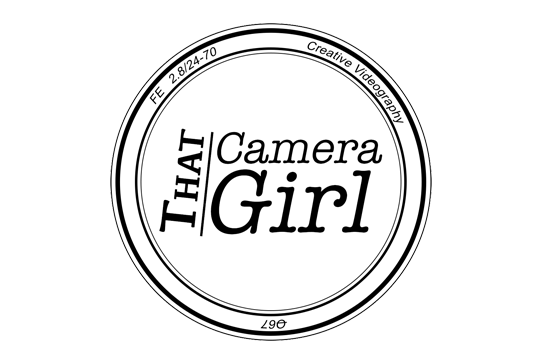Sometimes, outfits that we love wearing don’t always look good on camera. And other times, outfits that we wouldn’t expect work really well for the camera.
In this article, I’ll take you through my guidelines for choosing my on-camera wardrobe, some do’s and don’ts and some items to strictly avoid.
1. Clothes that contrast the background
Wear something that contrasts your background. A white shirt on a white background is going to make you disappear into the shot or look like a floating head, especially when people watch your video on a small screen.
A great way to help you stand out in the foreground of your video and catch people’s eye is to use the idea of colour blocking.
Do you remember doing colour theory back in primary school art class? If you thought you were never gonna have to remember that again, the day has come my friends.
Using complementary colours is a great way to make yourself, and your video stand out. Complimentary colours are red and green, orange and blue and yellow and purple.
Orange and blue is a really popular complementary colour set for action movies. Think saturated blue city background with massive orange flames that really intensify the look of the scene.
You can take colour theory and colour psychology even further and look at what each colour symbolises. For example, blue signifies trust and peace, yellow signifies creativity and joy and pink can signify compassion sincerity and sophistication.
If you like to keep it simple, sticking to the principle of light on dark and dark on light is a great way to stand out and separate yourself from your background.
2. The shape of your neckline
On camera, I like to wear clothes that have a higher neckline or even a T-shirt or long-sleeve style. Especially if your framing is a head and shoulders shot.
When you wear something that covers more of your shoulders and is high on your neck, it helps to frame your face which is the main place we want to draw the eyes of the viewer.
Wearing singlets or thin straps where you see more of the chest and shoulders can make the frame feel incomplete and draws the eye down and away from the face.
This all happens completely unconsciously of course, but it’s the little things that make all the difference to your shot.
Check out the video above for a visual demonstration of these neckline styles.
3. Your brand style
The final thing to consider is how you want to portray your brand. Do you want to look professional or edgy? Laid-back or strictly business?
This can help you decide whether you want to wear a button-up shirt and a blazer, or a casual outfit like you were having lunch with a friend.
If you’re really unsure I’d suggest starting with basics; a white, black or solid-coloured shirt and going from there. Then, you could layer it with a jacket or a blazer or a scarf to add your own flavour to the look.
Some things to avoid…
- Strapless tops – because upon first glance, or if your shot is too tight, you can look like you’re not wearing a top at all
- Skin-coloured clothing – the same issue as wearing a strapless top, it might look great in person but on camera, can give an entirely different illusion
- Pinstripes or delicate patterns – some cameras can’t process the thin lines and it causes a warping effect that you can’t fix in editing
- Noisy accessories – jingly bracelets, earrings and especially necklaces that sit really close to a microphone can cause unwanted sounds that you can’t remove in post
I hope these tips help you design your on-camera wardrobe.
Read on for how to look good on video calls.
For more video tips and techniques subscribe to our YouTube channel.
